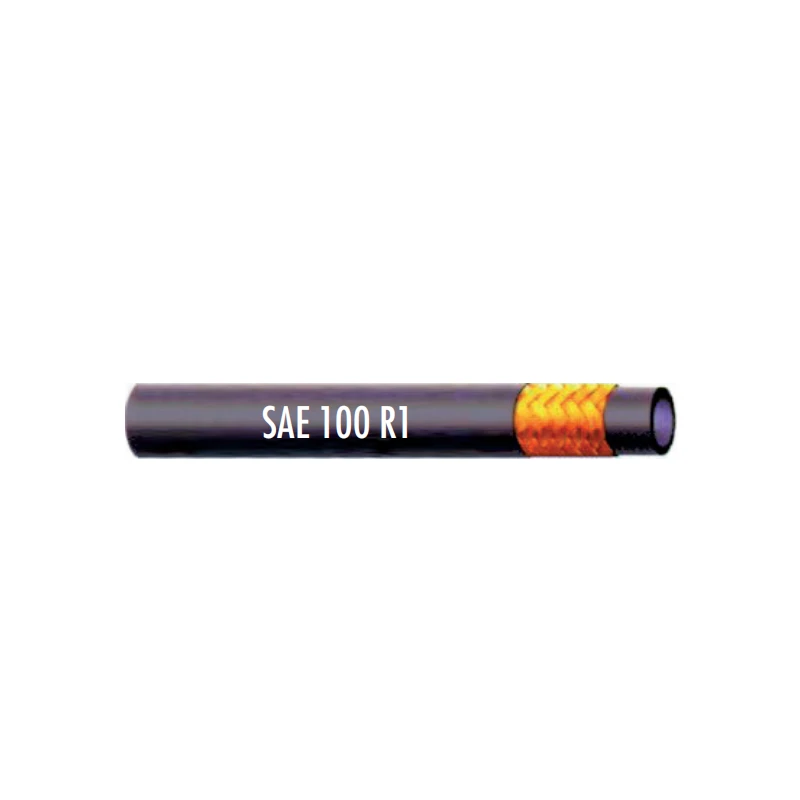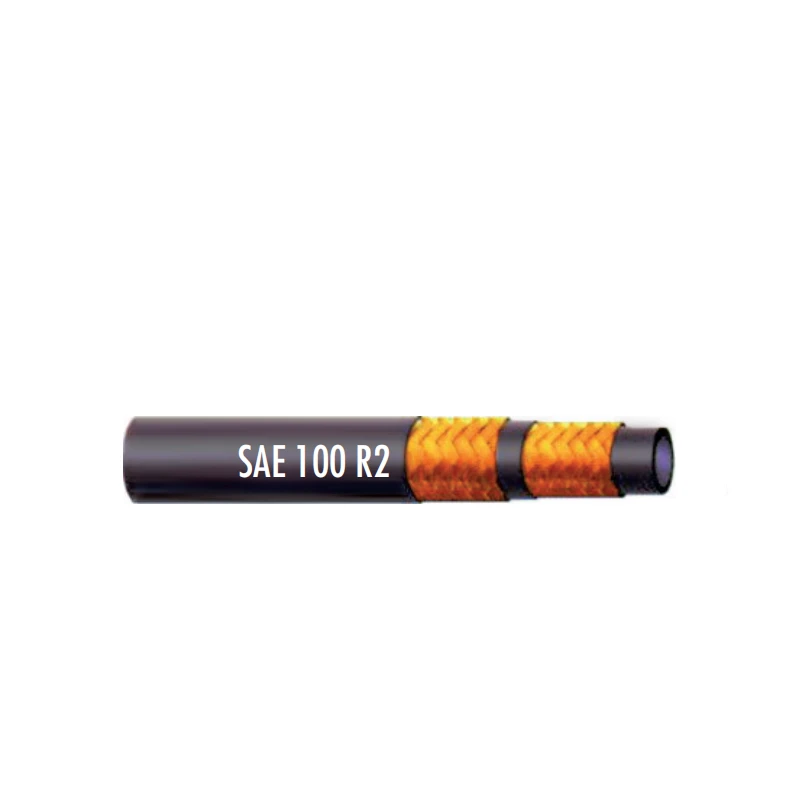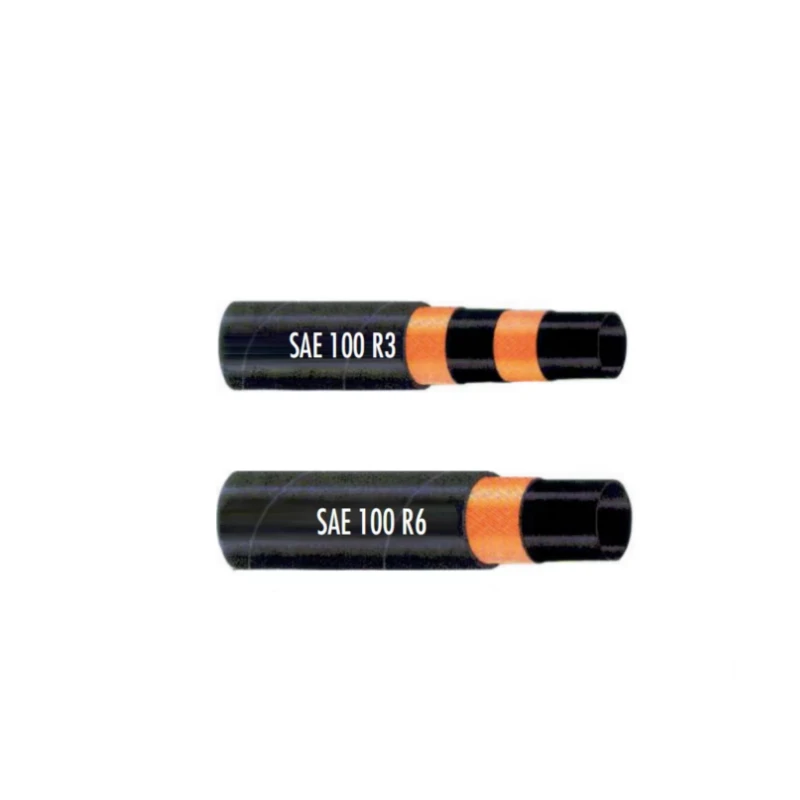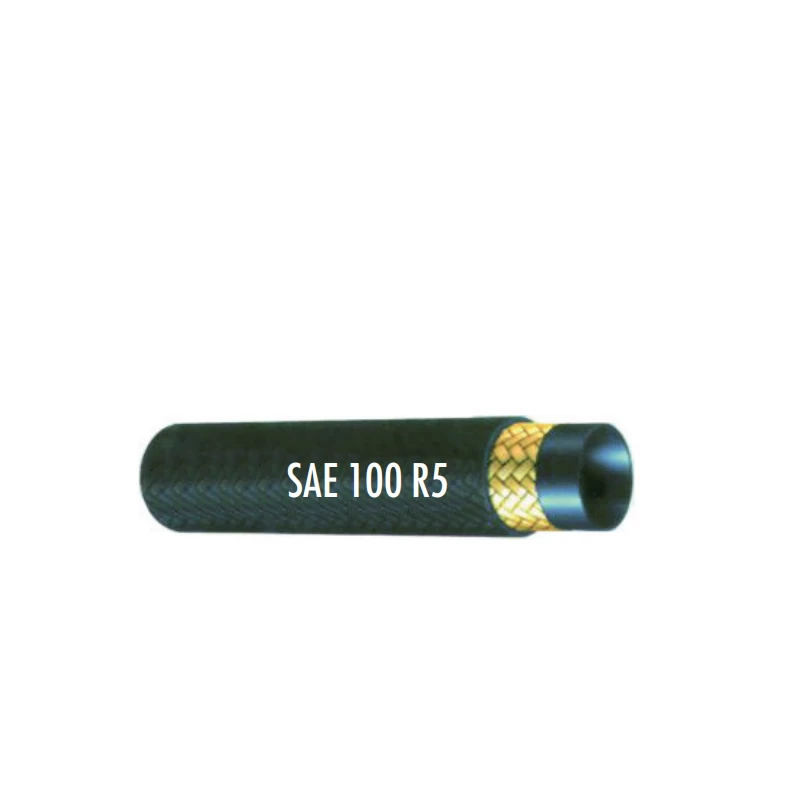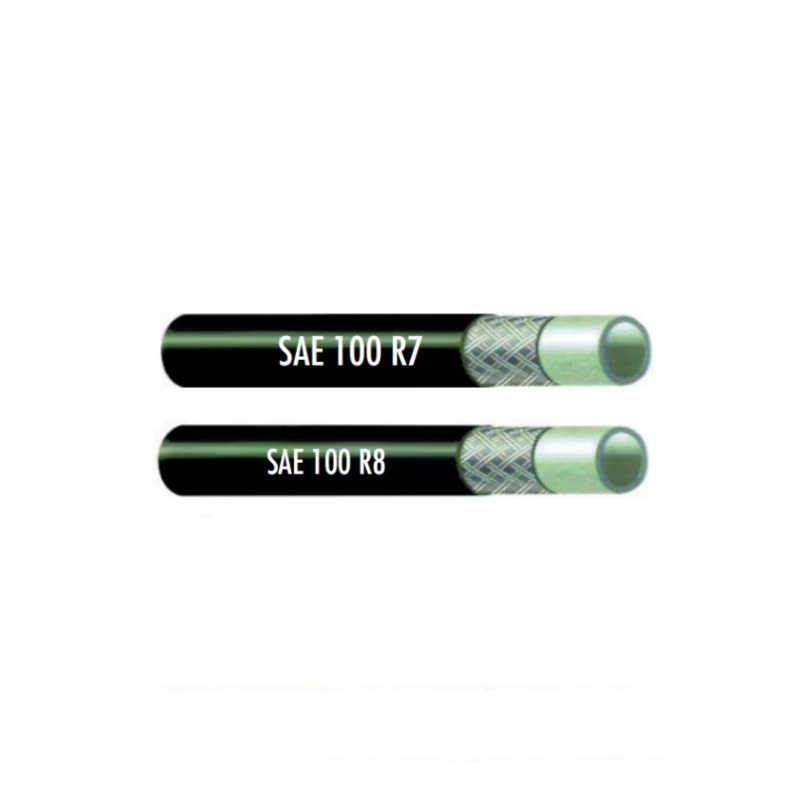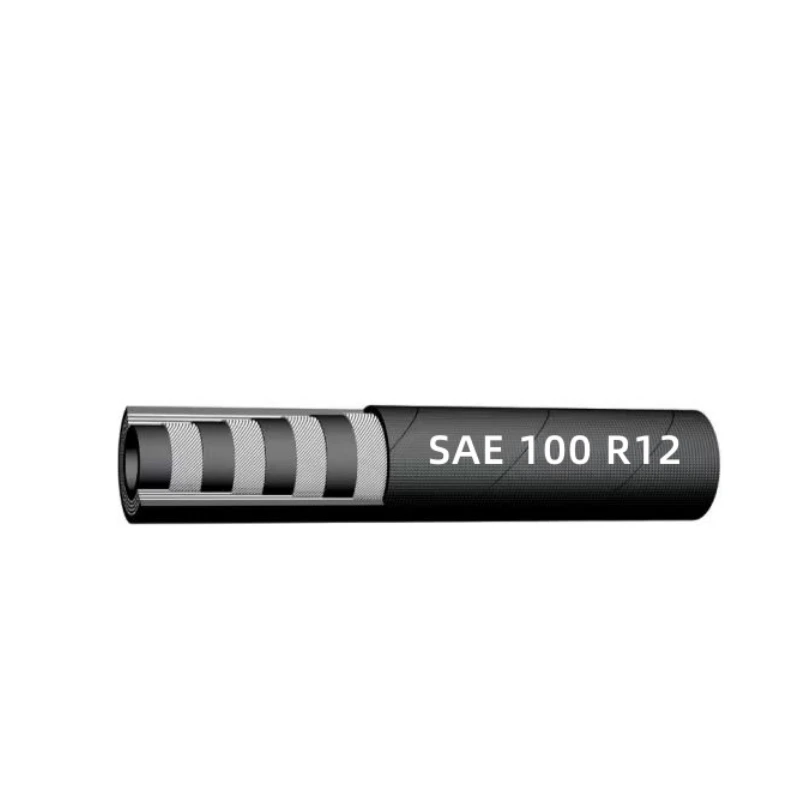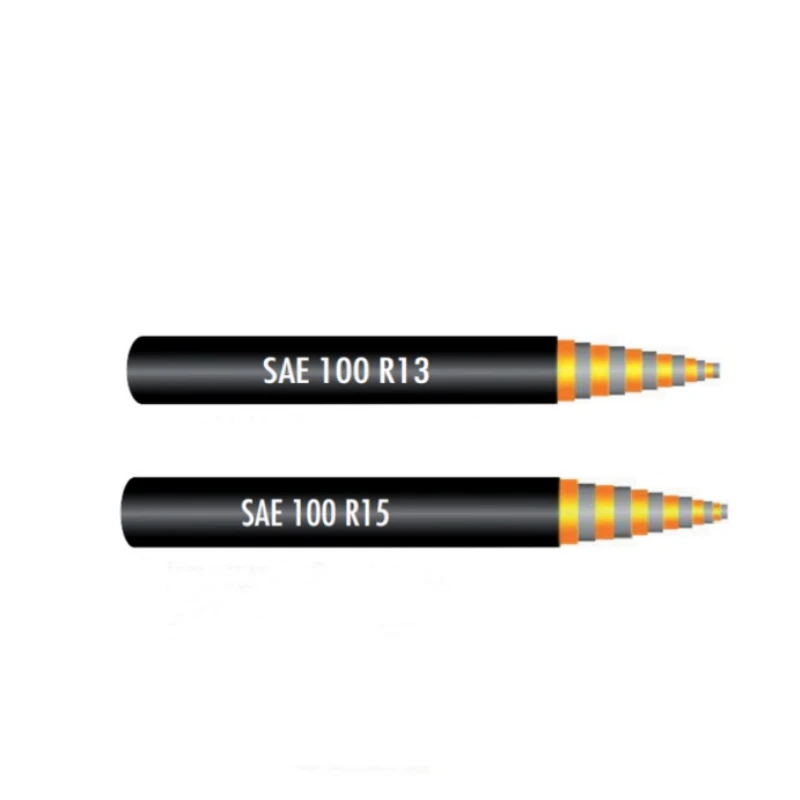
- Afrikaans
- Albanian
- Amharic
- Arabic
- Armenian
- Azerbaijani
- Basque
- Belarusian
- Bengali
- Bosnian
- Bulgarian
- Catalan
- Cebuano
- Corsican
- Croatian
- Czech
- Danish
- Dutch
- English
- Esperanto
- Estonian
- Finnish
- French
- Frisian
- Galician
- Georgian
- German
- Greek
- Gujarati
- haitian_creole
- hausa
- hawaiian
- Hebrew
- Hindi
- Miao
- Hungarian
- Icelandic
- igbo
- Indonesian
- irish
- Italian
- Japanese
- Javanese
- Kannada
- kazakh
- Khmer
- Rwandese
- Korean
- Kurdish
- Kyrgyz
- Lao
- Latin
- Latvian
- Lithuanian
- Luxembourgish
- Macedonian
- Malgashi
- Malay
- Malayalam
- Maltese
- Maori
- Marathi
- Mongolian
- Myanmar
- Nepali
- Norwegian
- Norwegian
- Occitan
- Pashto
- Persian
- Polish
- Portuguese
- Punjabi
- Romanian
- Russian
- Samoan
- scottish-gaelic
- Serbian
- Sesotho
- Shona
- Sindhi
- Sinhala
- Slovak
- Slovenian
- Somali
- Spanish
- Sundanese
- Swahili
- Swedish
- Tagalog
- Tajik
- Tamil
- Tatar
- Telugu
- Thai
- Turkish
- Turkmen
- Ukrainian
- Urdu
- Uighur
- Uzbek
- Vietnamese
- Welsh
- Bantu
- Yiddish
- Yoruba
- Zulu

8 сар . 15, 2025 03:00 Back to list
EN857 1SC Hydraulic Hose: Durable, Flexible & Reliable
Understanding the EN857 Standard in Hydraulic Hose Technology
In the dynamic world of hydraulic systems, the reliability and performance of components are paramount. Hydraulic hoses, in particular, are critical for transmitting power and fluid, often under extreme conditions. The EN857 standard represents a significant advancement in hydraulic hose design, specifically focusing on compact steel wire reinforced hoses. This standard differentiates itself from older specifications like EN853 by prioritizing space-saving designs without compromising pressure ratings or durability. A core focus for modern industrial applications is the en857 1sc hose, engineered for scenarios demanding a smaller bend radius and tighter installation spaces. This compact design is crucial for machinery with limited clearance, offering flexibility and ease of routing in complex hydraulic circuits. The standard's emphasis on compactness, coupled with robust steel wire reinforcement, ensures these hoses deliver exceptional performance, reduced downtime, and extended service life across diverse industrial landscapes.
The adoption of en857 hoses aligns with several key industry trends, including the miniaturization of equipment, the demand for higher working pressures in more confined spaces, and the increasing need for enhanced safety and operational efficiency. Industries are consistently seeking solutions that can reduce overall system size and weight while maintaining or improving power density. This trend drives the innovation in compact hose designs like en857 1sc and en857 2sc. The compact nature of these hoses also contributes to lower material consumption compared to their traditional counterparts, reflecting a growing industry commitment to sustainability and cost-effectiveness. Furthermore, their superior flexibility facilitates faster and simpler assembly, reducing labor costs and potential for installation errors, which are significant advantages for manufacturers and end-users alike in various high-stakes operational environments.
Detailed Manufacturing Process of EN857 Compact Hoses
The production of en857 1sc and en857 2sc hydraulic hoses involves a sophisticated multi-stage manufacturing process, ensuring their compact design and high-pressure resilience. The core structure begins with the extrusion of a seamless inner tube, typically made from oil-resistant synthetic rubber. This inner layer is critical for fluid compatibility and preventing leakage. Following this, one or two layers of high-tensile steel wire reinforcement are precisely applied. For en857 1sc, a single layer of braided or spiraled wire reinforcement provides strength, while en857 2sc incorporates two such layers for enhanced pressure capabilities. The method of wire application, whether braiding or spiraling, is meticulously controlled to achieve the desired compact external diameter and optimal flexibility while maximizing burst pressure resistance.
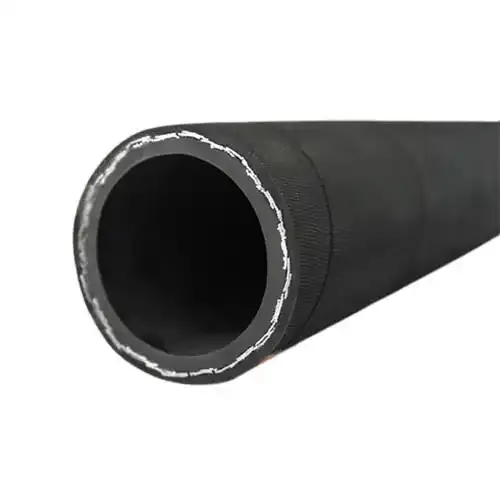
After the wire reinforcement, an outer cover, usually made from abrasion and weather-resistant synthetic rubber, is extruded over the assembly. This outer layer protects the internal components from environmental degradation, ozone, and physical damage. The entire hose is then subjected to a vulcanization process, where heat and pressure are applied to chemically cure the rubber materials, bonding the layers and providing the final strength and flexibility characteristics. Throughout this process, stringent quality control measures are implemented, adhering to international standards such as ISO 9001. Each batch undergoes rigorous testing, including impulse testing to simulate operational cycles, burst pressure tests to ensure safety margins, and bend radius evaluations to confirm adherence to the compact design specifications. This meticulous approach guarantees that every en857 hose meets or exceeds the specified technical parameters, ensuring long-term reliability in demanding applications like construction machinery, agricultural equipment, and industrial automation systems where space and durability are critical factors.
Key Technical Parameters and Performance of EN857 1SC Hoses
The technical specifications of en857 1sc hoses are engineered to deliver superior performance in compact hydraulic systems. These hoses typically feature an inner tube of oil-resistant synthetic rubber, reinforced by a single layer of high-tensile steel wire braid, and an abrasion-resistant synthetic rubber cover. Their operating temperature range usually spans from -40°C to +100°C (-40°F to +212°F), making them suitable for a wide array of industrial and mobile applications. The compact design results in a significantly smaller bend radius compared to traditional hoses, allowing for easier routing in tight spaces and reducing the overall footprint of hydraulic circuits. This characteristic is particularly beneficial in industries like mining, material handling, and automotive manufacturing, where space optimization is crucial.
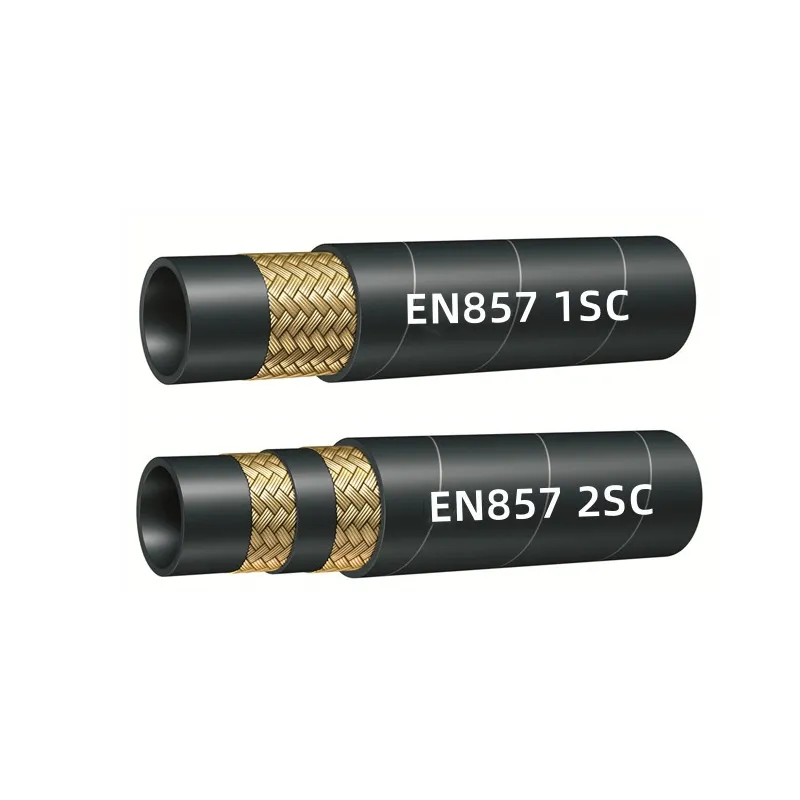
Below is a typical specification table for en857 1sc hydraulic hose, highlighting common sizes and their respective performance metrics. These values are indicative and can vary slightly between manufacturers but adhere to the EN857 standard's requirements for compact hydraulic hose. Understanding these parameters is vital for engineers and procurement specialists to select the appropriate hose for their specific application, ensuring optimal pressure handling, flow rates, and durability under operational stress.
| Nominal ID (mm/inch) | Max Working Pressure (MPa/psi) | Min Burst Pressure (MPa/psi) | Min Bend Radius (mm/inch) | Weight (kg/m) |
|---|---|---|---|---|
| 6.3 / 1/4" | 25.0 / 3625 | 100.0 / 14500 | 90 / 3.54 | 0.17 |
| 9.5 / 3/8" | 21.0 / 3045 | 84.0 / 12180 | 120 / 4.72 | 0.28 |
| 12.7 / 1/2" | 17.5 / 2540 | 70.0 / 10150 | 150 / 5.91 | 0.36 |
| 19.0 / 3/4" | 10.5 / 1520 | 42.0 / 6090 | 220 / 8.66 | 0.58 |
Application Scenarios and Technical Advantages of EN857 Hoses
The compact design and robust construction of en857 hose, particularly en857 1sc and en857 2sc, make them ideal for a broad spectrum of demanding application scenarios. Their smaller outside diameter and superior flexibility are invaluable in confined spaces, such as those found in compact construction equipment, agricultural machinery, and industrial robotics. For instance, in excavators or loaders, the ability to route hoses with a tighter bend radius reduces the risk of kinking and wear, thereby extending the hose's service life and improving system reliability. In factory automation lines, where numerous hydraulic circuits are densely packed, the reduced footprint of en857 hose can lead to more streamlined designs and easier maintenance access.
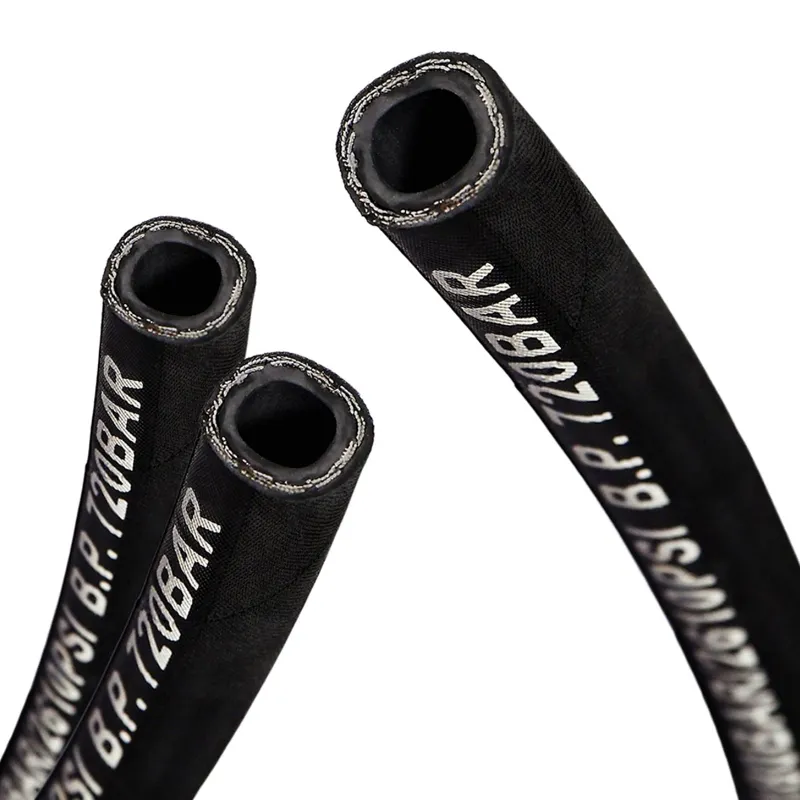
The technical advantages extend beyond just size. These hoses offer excellent impulse cycle life, often exceeding standard requirements, which is critical for applications involving rapid pressure fluctuations. Their robust synthetic rubber covers provide high resistance to abrasion, ozone, and various weather conditions, ensuring longevity in harsh outdoor environments. Furthermore, the selection of premium materials for the inner tube ensures compatibility with a wide range of hydraulic fluids, from mineral oils to water-glycol solutions. For industries like petrochemicals, the enhanced anti-corrosion properties of the outer cover are a significant benefit, protecting the steel reinforcement from corrosive elements. In the metallurgy sector, the ability of these hoses to withstand high temperatures and rapid pressure changes is highly valued, contributing to safer and more efficient operations. Similarly, in water supply and drainage systems, where reliable fluid transfer is essential, the durability and long service life of en857 hose translate into reduced maintenance costs and improved system uptime. These attributes collectively lead to significant operational savings, making them an economically sound choice for long-term investments.
EN857 1SC vs. EN857 2SC: A Comparative Analysis
While both en857 1sc and en857 2sc adhere to the compact design principles of the EN857 standard, their differences lie primarily in their internal reinforcement and, consequently, their pressure handling capabilities. The en857 1sc features a single layer of steel wire reinforcement, making it suitable for medium-pressure applications where flexibility and tight bend radii are paramount. In contrast, the en857 2sc incorporates two layers of steel wire reinforcement, providing substantially higher working pressure and burst pressure ratings. This makes the en857 2sc ideal for heavy-duty applications where maximum power transmission and system integrity under extreme pressure surges are required.
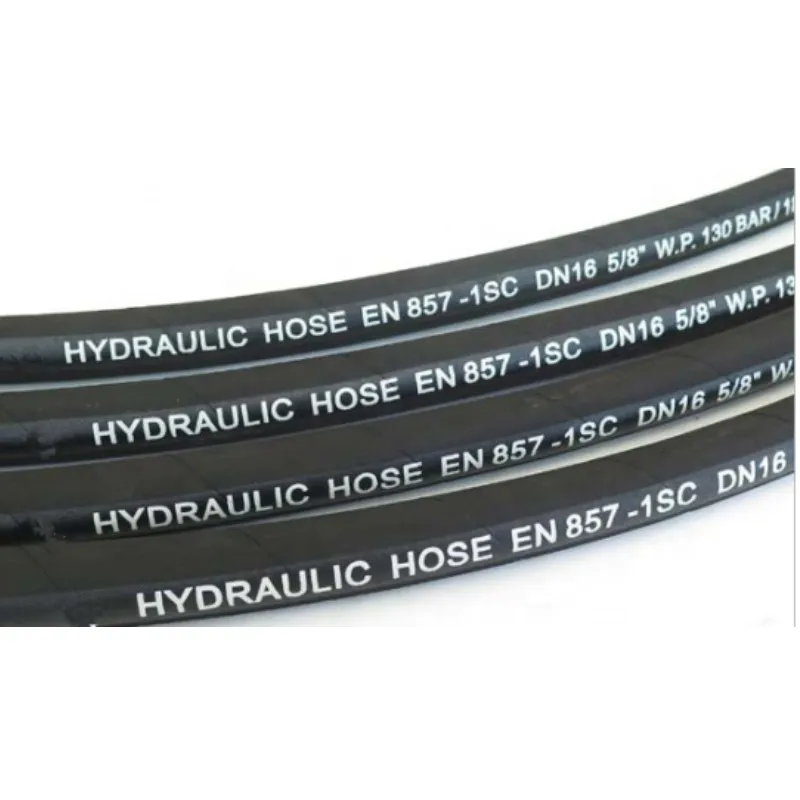
The choice between en857 1sc and en857 2sc depends entirely on the specific application's pressure demands and space constraints. While en857 2sc offers superior pressure performance, its two layers of reinforcement might slightly increase its rigidity compared to the more flexible en857 1sc. However, both variants maintain the compact outer diameter characteristic of the EN857 standard, ensuring excellent routing capabilities. Below is a comparative table illustrating typical performance differences, assisting in informed decision-making for various hydraulic system designs.
| Parameter | EN857 1SC (Single Wire Braid) | EN857 2SC (Two Wire Braid) |
|---|---|---|
| Reinforcement Layers | 1 Layer Steel Wire Braid | 2 Layers Steel Wire Braid |
| Max Working Pressure (MPa/psi) | 21.0 / 3045 | 27.5 / 3990 |
| Min Burst Pressure (MPa/psi) | 84.0 / 12180 | 110.0 / 15950 |
| Min Bend Radius (mm/inch) | 120 / 4.72 | 130 / 5.12 |
| Flexibility | Higher | Good (slightly lower than 1SC) |
Custom Solutions, Quality Assurance, and Customer Support
Beyond standard offerings, leading manufacturers provide customized en857 hose solutions to meet unique operational demands. This includes tailored lengths, specific end fittings, and specialized cover materials for enhanced resistance to extreme temperatures, chemicals, or flame. Our extensive experience in the hydraulic components industry, spanning over a decade, allows us to offer expert consultation and engineering support for complex system designs. We collaborate closely with clients to develop solutions that integrate seamlessly with existing machinery and optimize performance under specific application conditions. For instance, a recent project involved a customized en857 1sc assembly for a new generation of compact agricultural machinery, where a specialized fitting design was required to maximize routing efficiency in a very tight engine bay.
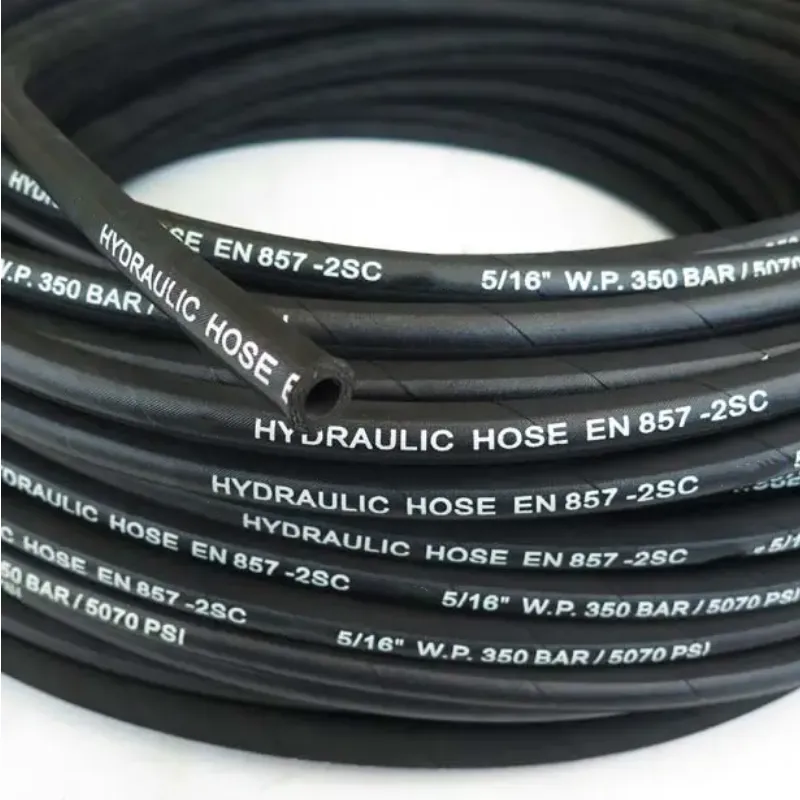
Our commitment to quality is underscored by rigorous adherence to international standards such as ISO 9001:2015 for manufacturing processes, ensuring that every en857 hose meets the highest benchmarks for performance and safety. Each product undergoes comprehensive testing, including impulse, burst, and ozone resistance tests, providing documented proof of compliance and reliability. We stand by the durability of our products with a robust warranty program and a clear delivery cycle commitment, designed to minimize lead times and support your operational continuity. Our dedicated customer support team is available to provide technical assistance, answer queries regarding product specifications or application guidance, and facilitate efficient order processing and after-sales service, ensuring a seamless experience from inquiry to installation and beyond.
Frequently Asked Questions (FAQ) about EN857 Hydraulic Hoses
-
Q: What is the primary advantage of en857 hose over other hydraulic hose standards?
A: The primary advantage of en857 hose (including en857 1sc and en857 2sc) is its compact design. It offers a significantly smaller outside diameter and a tighter bend radius compared to traditional hydraulic hoses like EN853, while maintaining comparable or even higher pressure ratings. This makes it ideal for hydraulic systems in confined spaces, enabling more efficient machine design and easier routing, thus reducing assembly time and potential for hose damage.
-
Q: How does the lifespan of an en857 1sc hose compare to traditional hoses?
A: Due to advanced material composition and precision manufacturing processes, en857 1sc hoses generally offer an extended service life. They are designed to withstand a higher number of impulse cycles and are more resistant to abrasion and environmental degradation. The reduced stress from tighter bends, enabled by their compact design, also contributes to their longevity by preventing premature wear and fatigue failures often seen in non-compact hoses forced into tight configurations.
-
Q: What industries primarily benefit from using en857 hose?
A: Industries that benefit most include construction, agriculture, material handling, mining, marine, and mobile equipment. Any application requiring high-pressure fluid transfer in tight or demanding environments will find en857 hose, particularly en857 1sc and en857 2sc, highly advantageous due to its compact size, superior flexibility, and robust performance under challenging conditions. Its energy efficiency benefits also make it a preferred choice for modern, eco-conscious industrial operations.
Authoritative References and Further Reading
For those seeking deeper technical insights into hydraulic hose standards, materials science, and fluid power systems, the following resources provide comprehensive and authoritative information:
- ISO (International Organization for Standardization) Technical Committees on Fluid Power Systems.
- European Committee for Standardization (CEN) publications on EN standards for hydraulic components.
- National Fluid Power Association (NFPA) technical guides and industry reports.
- Journal of Fluid Power Engineering publications.
- SAE International standards for off-road and automotive fluid transfer systems.
This is the first article
Latest News
Steel Wire Reinforced Hydraulic Hose SAE 100 R1 / EN853 1SN S
NewsOct.17,2024
Two Layers Steel Wire Reinforced Hydraulic Hose SAE 100 R2 / EN853 2SN
NewsSep.03,2024
Textile Braid Reinforced Hydraulic Hose SAE100 R3+R6
NewsSep.03,2024
Textile Reinforced Hydraulic oil Suction Hose with embedded Steel Wire SAE 100 R4
NewsSep.03,2024
Single Wire Braid and Textile Covered Hydraulic Hose SAE 100 R5
NewsSep.03,2024
High Pressure Thermoplastic Hydraulic Hose SAE 100 R7 / EN855 R7 - SAE 100 R8 / EN855 R8
NewsSep.03,2024
Heavy Duty Four-layer Steel Wire Spiral Reinforced Hydraulic Hose SAE100R9+R10+R12
NewsSep.03,2024
Heavy Duty Multi-layer Steel Wire Reinforced Hydraulic Hose SAE100R13 SAE100R15
NewsSep.03,2024
Latest Products
